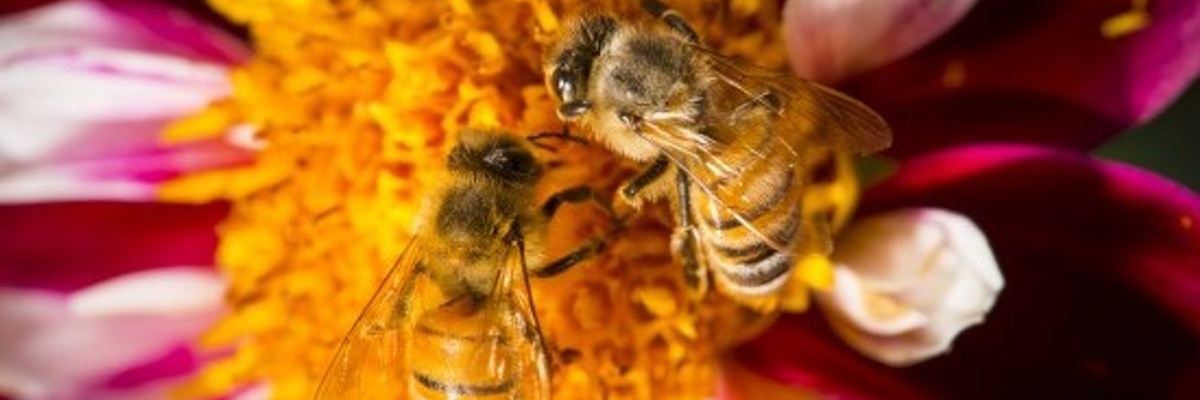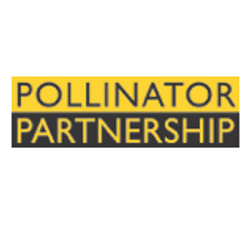Pollinator Project Action Plan
1. Schedule Team Kickoff meeting (Submit team photo)
- Identify location of the pollinator garden site(s)
- Target two sites – Pollinator field and Terrace Garden trail at Occoneechee pa
-Finalize approval for sites with Park Manager (permission granted)
- Site Analysis
- evaluate soil health, water source, sun exposure, ease of access/maintenance
- Location of site – Location should be optimum for plants, pollinators and humans. Considerations include ease of access by visitors and maintenance volunteers, seating/observation area, walking paths. Consideration for native bees which typically have limited foraging distance and requires nesting habitat near food source.
- Team meetings
- Team will communicate weekly initially to plan and design garden area. Meet onsite at park to walk through design ideas. Communicate via email / onsite meetings as needed until plant day. Team will continue to communicate after garden(s) are established regarding ongoing garden maintenance and coordination with park employees and volunteers.
2. Plan Budget (Submit budget plan)
3. Actions needed for planning the pollinator garden
Action 1: Set a tentative Planting Day.
-Choose date in early spring when ground is viable for planting/ no more frost
-Coordinate with ranger and park volunteers to assist with prepping area
-Coordinate team of volunteers that will plant
Action 2: Design the Garden areas
- Work with local horticulturist and master gardeners to decide on which plants/bushes would be optimum for the area and design layout. Choice of plants should include consideration for limited water sources, partial shade, deer resistant and minimal maintenance/weeding. Majority of plants/bushes should be native if possible.
Action 3: Purchase and Prep
- Make list of plants/bulbs/bushes and purchase
- Purchase any needed garden soil, fertilizer, compost, mulch, etc. Purchase garden accessories like water barrel (if needed) and bluebird house kits.
- Make list of flower names so can prepare plant ID signage and other education/pollinator-related material
- Make inventory of garden tools/supplies needed for planting day
Action 4: Planting Day
- Make Covid Plan: Covid guidelines as recommended by CDC will be followed. We will leverage virtual planning meetings wherever possible. Garden activities will be held outside.
- Assign teammates that will deliver supplies and tools to site
Action 5: Maintenance of Garden
-Work with park volunteers and rangers to monitor the health of the pollinator garden sites and replace plants as needed. Garden should be designed to minimize maintenance. Use bulbs and perennials and shrubs where possible as less maintenance.
Action 6: Monitor the Impact of Pollinator gardens & Encourage Community Involvement
- Determine best method to monitor the impact of the garden. Need to track number and types of pollinators visiting garden. Also, track human visitors.
- Work with local Master Naturalist group to coordinate hikes/nature talks/native bee safaris that highlight the plants and pollinators found in the gardens.
- Team with Master Gardeners to coordinate educational activities utilizing pollinator garden to demonstrate gardening best practices, beneficial pollinators and importance of native plants.
- Set up educational signage and kiosk to promote pollinator topics
- Community involvement – plan fun events to encourage community involvement in and around pollinator meadow such as kid’s native bee safari, native flower scavenger hunt, end of season seed collection event, make native bee/pollinator hotels, decorate rocks to enhance pollinator flower area, add educational signage regarding pollinators and gardening advice, engage local organizations like Master Naturalists, Master Gardeners, Beekeeper associations, Park volunteer group to hold pollinator educational events at the park which will highlight the pollinator flower garden/field.
- Track impact of pollinator garden/field areas. Park Volunteers and rangers can help track number of events and attendees that utilize the pollinator garden. In progress are several events planned including upcoming Bee event during National Pollinator week held at the park. Master Naturalist group plan interpretive hikes/safaris where easy to count both number of humans and pollinator insects visiting the pollinator field area during event. Work with local Master Naturalist team to explore use of BioBlitz to identify all of the native pollinators visiting the pollinator field and garden area.
- Goals of the project. Increase awareness of importance to provide native flowering plants and sufficient natural habitat to support the entire life cycle for our residential and migratory pollinators
Action 7: Update ChangeX Group page and Complete Final Submissions
- Continue to post pictures of meadow flowers, garden, visiting pollinators, volunteer and community activities to the ChangeX group page. Encourage community to join the team and share gardening and pollinator topics on group page
- Send pictures and impact details to ChangeX and complete survey before challenge deadline
Budget Plan
$300 Soil, mulch, fertilizer,weed cloth, etc
$350 Bushes
$400 Plants/bulbs
$150 Water barrel, hose
$300 Garden accessories – 3 Blue Bird house kits
$200 Plant ID, signage, education material
$100 Material for Pollinator Community Events at Park
$ 1800 Total


